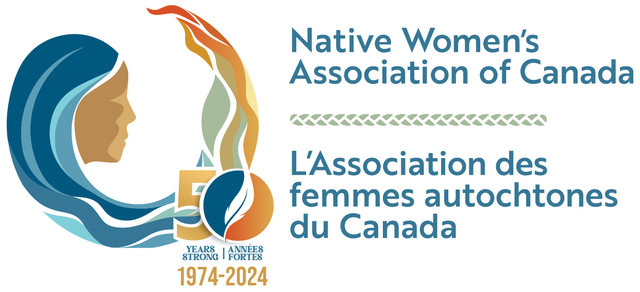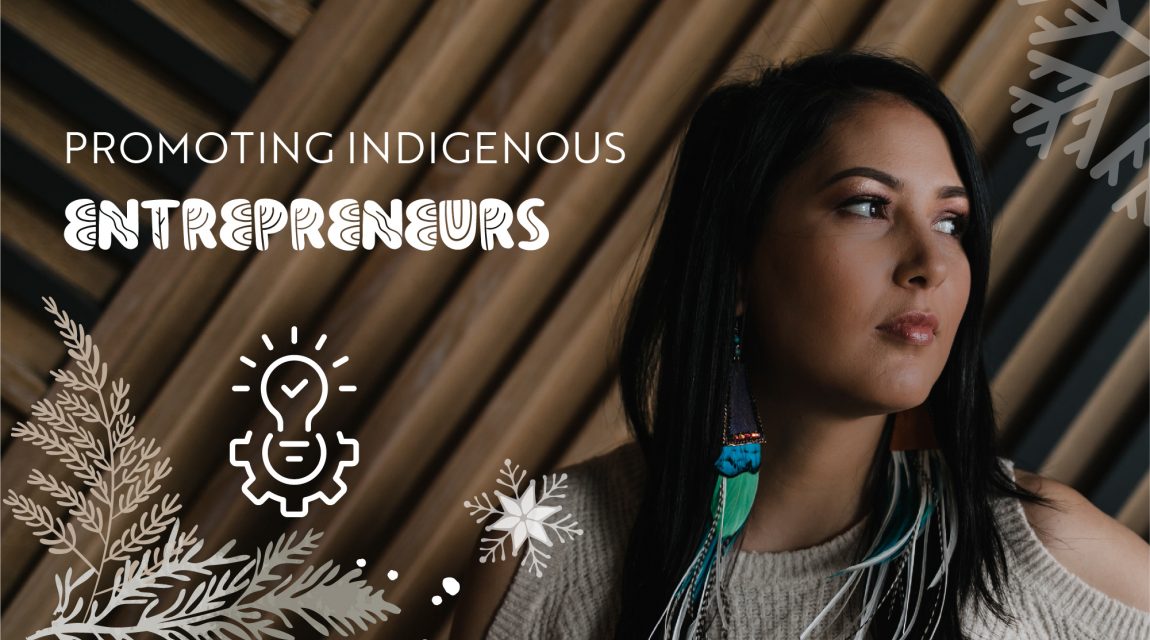The Economic Development Team has almost completed the second phase of our advocacy work on promoting the involvement of Indigenous women, Two-Spirit, transgender, and gender-diverse entrepreneurs in the federal government’s $50-million Investment Readiness Program (IRP).
In accordance with the 2030 Agenda for Sustainable Development and its commitment to “leave no one behind,” the federal government launched IRP in 2019, as part of its Social Innovation and Social Finance Strategy. IRP is designed to help build the capacity of social purpose organizations (SPOs) (comprising charities, non-profits, social enterprises, for-profit enterprises, and co-operatives, among others) to participate in the social finance market and enhance their positive impact in their communities. An intersectional analysis revealed that Indigenous communities are represented in six of the eight groups prioritized by the program.
IRP is delivered by 27 organizations clustered in five “readiness support partners” (which provide funding to the SPOs) and 22 ecosystem builders (who help make projects more inclusive and integrated). As one of the 22 IRP ecosystem builders and as part of the second phase, NWAC has delivered 10 webinars with Indigenous women, Two-Spirit, transgender, and gender-diverse entrepreneurs regardless of residence (for example, located on- and off-reserve) and training sessions with various SPOs across Canada.
The first five sessions held with 86 Indigenous entrepreneurs and small business owners helped build an in-depth understanding of their funding needs, the barriers they face in trying to start or expand their business, and how their needs can be met in a culturally responsive and non-discriminative way.
NWAC also used the webinars to raise awareness and enhance understanding of the IRP initiative (for example, the eligibility criteria, requirements, and general steps for applying for IRP funds).
While interest by Indigenous entrepreneurs in IRP was high, many Indigenous entrepreneurs and small business owners who participated were not eligible for this fund. The sessions and survey results revealed a big gap between the inclusive and equity principles announced by IRP and the unique cultural, financial, and business needs of Indigenous entrepreneurs that are outside the purview of this program, even though it aims to be inclusive. We also noted that Indigenous women entrepreneurs could not perceive the social and cultural impacts (either quantitative or qualitative) of IRP in their communities.
The results of this funding initiative—680 projects were funded—were presented at a national partners meeting in October 2022. However, we did not get an accurate picture, with clear data, on the percentage of Indigenous communities that benefited from IRP grant funds or on the number of SPOs led by Indigenous women (regardless of geographic residence).
As a leader of political voices of Indigenous women, Two-Spirit, transgender, and gender-diverse people across Canada, NWAC is advocating for changes to the grant program’s design, eligibility, and requirements. Our goal is for a more flexible program that is better adapted to the needs of Indigenous entrepreneurs. Given the significant social, cultural, and economic impact created by Indigenous women entrepreneurs in their communities, we have asked for a gender equity approach.
IRP should focus on strategies to support Indigenous women-led enterprises, particularly those who are sole proprietors on- and off-reserve; to develop alternative funding options for micro-owned businesses; and to support the start-up and operation of Indigenous women businesses.
We also held another series of four webinars with 53 different SPOs—most of them not involved with or connected to IRP. The webinars were designed to build the capacity of SPOs members interested in helping Indigenous women, Two-Spirit, transgender, and gender-diverse entrepreneurs overcome the multiple entrepreneurship barriers they face. The webinars also helped participants identify ways that their SPOs could promote the inclusion and participation of Indigenous entrepreneurs in the program.
Many of these participants had never heard about IRP. Raising their awareness of the entrepreneurial barriers affecting Indigenous entrepreneurs and their unique needs can lead to the SPOs better supporting Indigenous entrepreneurs through the application process.
Our work in this area points to the need for more support, to ensure Indigenous women, Two-Spirit, transgender, and gender-diverse entrepreneurs will benefit from this federal initiative.
NWAC recognizes that this is a recent federal initiative, and more time is needed for organizations, communities, and entrepreneurs to develop networks and relations on investment readiness linked to social innovation and social finance policy.
Of note: The 10-member IRP team visited the Social and Economic Innovation Centre on October 19. Our team also holds monthly meetings with the IRP team to discuss the key points identified from the webinars. Our ultimate goal is to promote a better understanding of Indigenous entrepreneurs and to identify how IRP could be more responsive to their particular needs.
Great strides have been made, and our hope is that the voice of Indigenous women, Two-Spirit, transgender, and gender-diverse entrepreneurs and small owners may be heard, and changes made to the program to better meet their needs.

